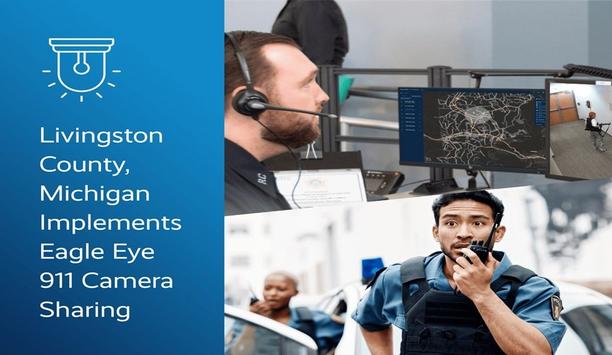When it comes to safety in the skies while the primary focus must be on the heightened terrorist threat, the same CCTV solutions can also be applied as a powerful tool to deal with a much more common and extremely disruptive problem, namely 'air rage' which can, in the worst cases, lead to physical assault and aircraft having to be diverted.
Most of us on our travels will have come across examples of ill tempered, abusive, intoxicated and out of control passengers, for flight attendants and air crew it is imperative that such situations - where passenger behaviour is plainly unacceptable and is putting the aircraft in danger - are effectively managed and that evidence is available for future prosecutions.
Recent air rage incidents serve to illustrate just what the airlines are up against. Last month at Arlanda in Sweden, for example, a flight was taxiing to the runway ready for take-off when a British passenger suddenly leapt from his seat and demanded to leave the plane. Attempts were made by the crew to calm him down to no avail and he then proceeded to attempt to break into the cockpit of the moving aircraft - thankfully he was not successful in this extremely dangerous action. The passenger then turned his attention to an emergency exit which he managed to open. This resulted in the deployment of an emergency slide, which if it had been sucked into the aircraft's engine could have caused a major accident. Fortunately the pilot stopped the plane and the cabin crew were then able to subdue the culprit before he was arrested by police.
In another case, in March, a flight from Oslo to Newark had to be diverted to Goose Bay in Canada when an American passenger became disruptive and attacked two passengers when flight attendants would not serve him any more alcohol. In the melee that followed the flight attendants had to be assisted by six passengers to bring the situation under control.
Thankfully, it is now possible through specialized CCTV for flight crew to monitor all of the key areas of the aircraft from screens in their crew stations and react promptly should anything happen. Pilots can also call up the same images on a cockpit monitor or Electronic Flight Bag (EFB) which can assist in the management of an incident and in making the critical decision as to whether it is necessary to divert the aircraft. With cameras linked to onboard video servers, incidents can be recorded for later review or legal action, rather than simply relying on potentially conflicting witness statements. The recording mode can be for the duration of a flight or event-driven by being linked to the activation of crew panic alarms situated throughout the aircraft. If necessary, images can even be broadcast to ground security via a satellite link.
While no one is claiming that CCTV can stop all cases of air rage, it does have the real potential to allow safety critical situations to be addressed before they escalate out of control and if necessary punitive action to be taken in the courts against offenders which will hopefully make them and others think twice about their future actions.
















